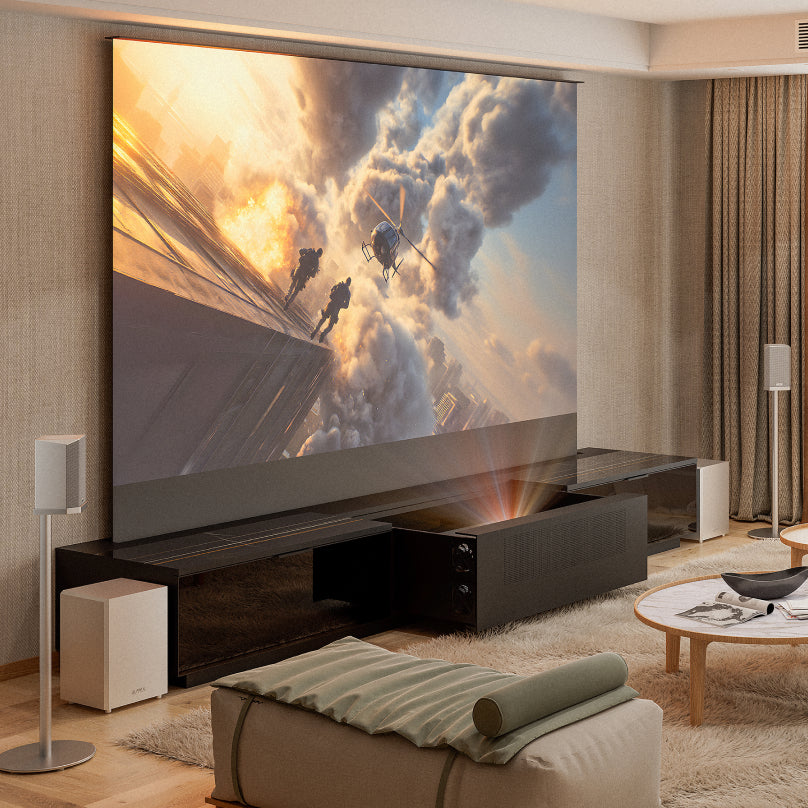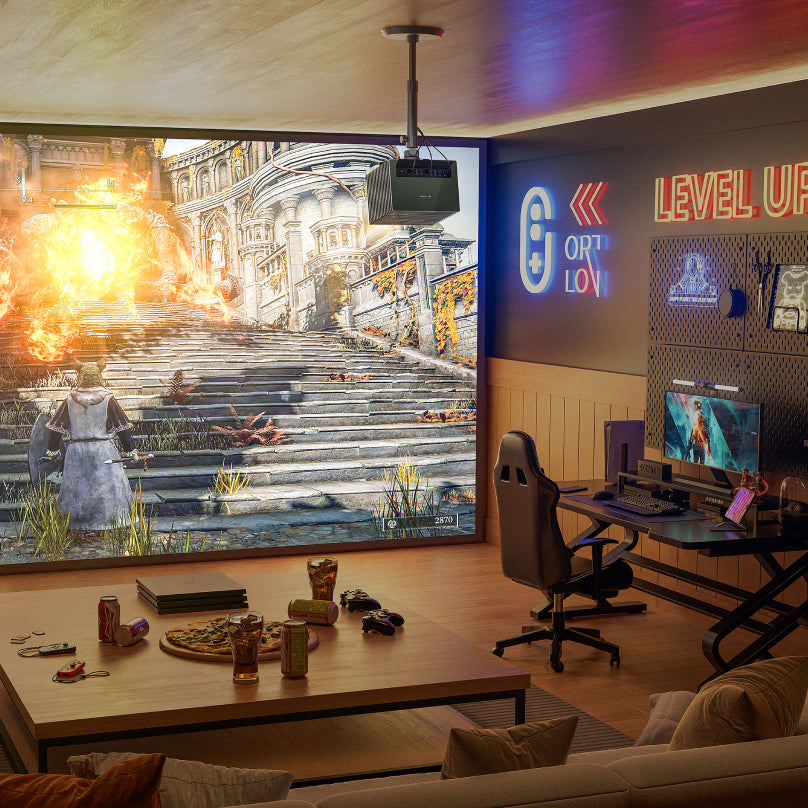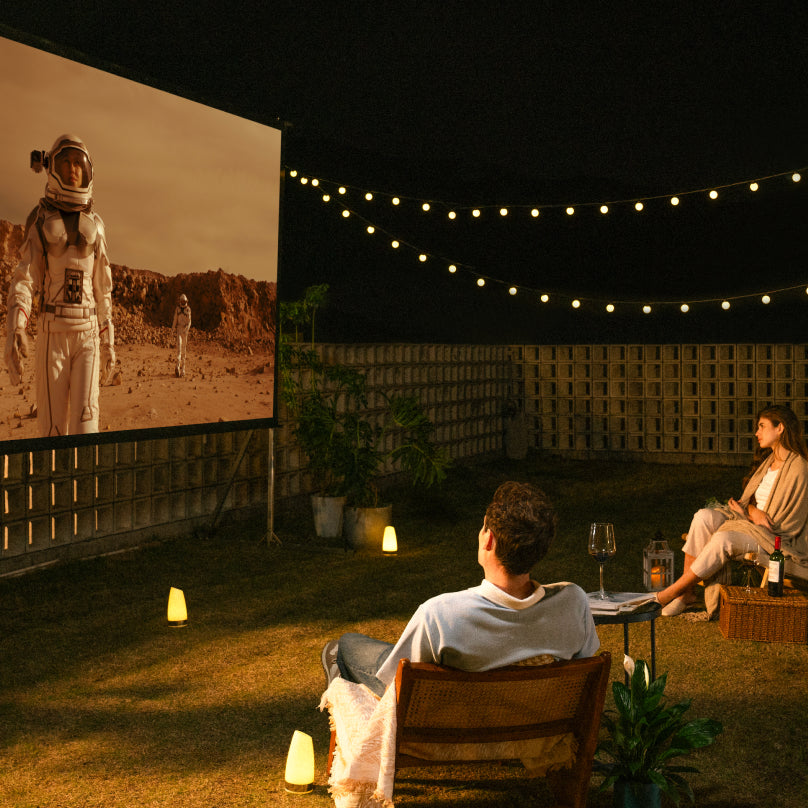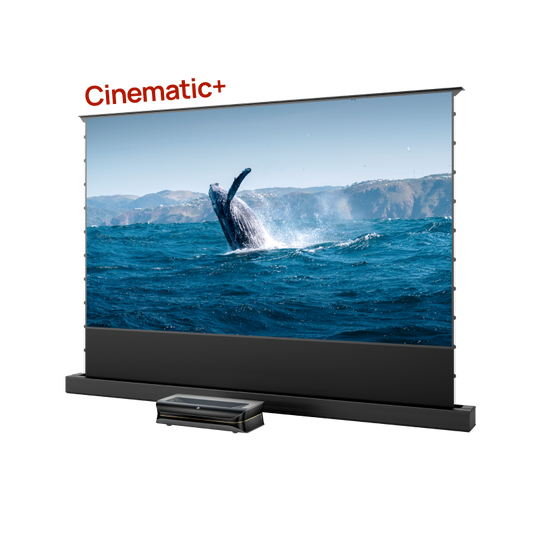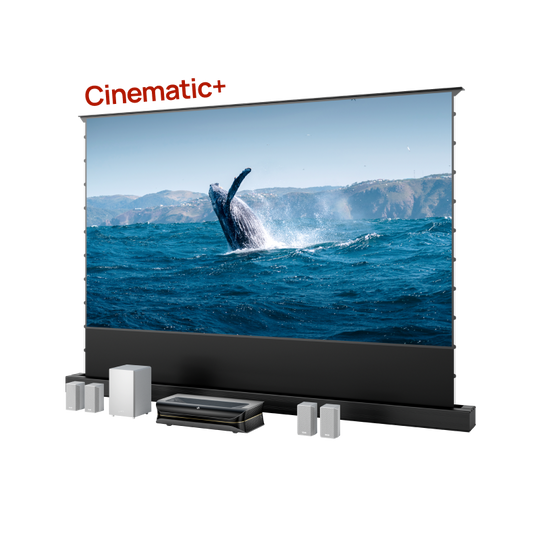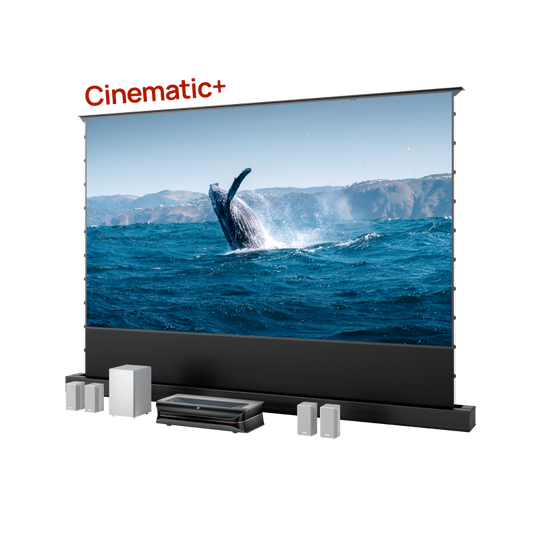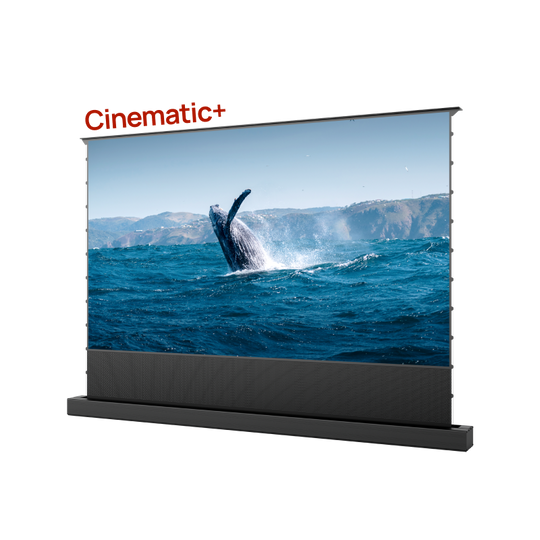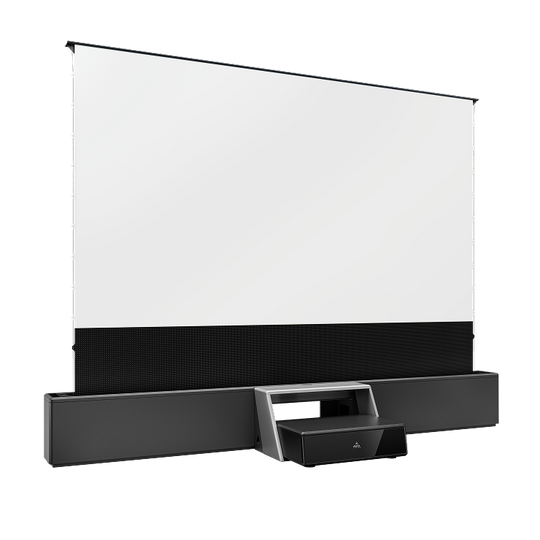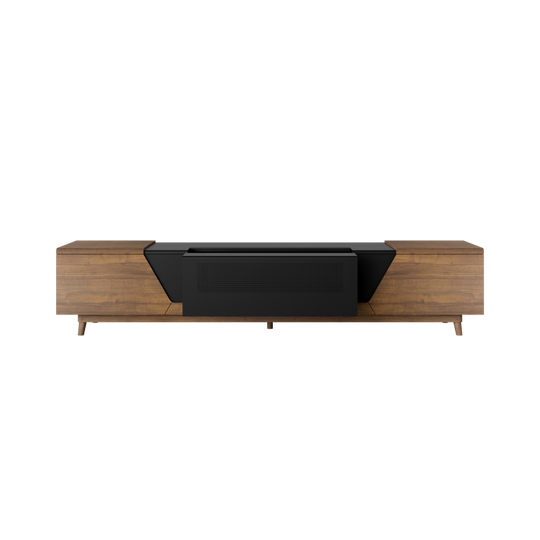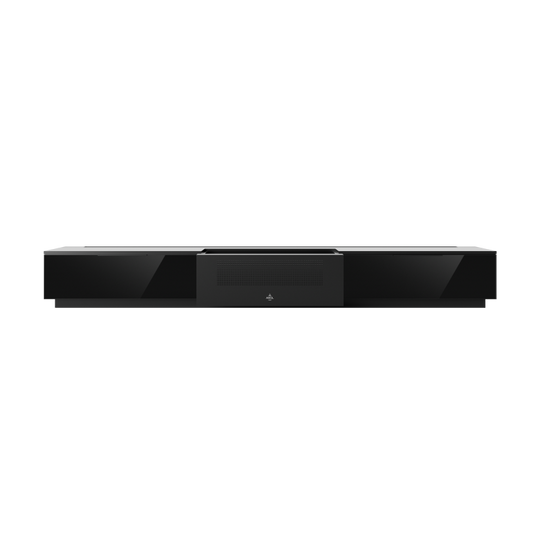Living in today's world, we spend a considerable amount of time staring at screens, starting with phones and ending with TVs. People need to be more vigilant about their viewing device choices to prevent common eye damage. As projectors gain popularity as an alternative to traditional TVs, the question arises: Are projector screens healthier for your eyes than TVs?
While watching movies or series in a dark environment, projector screens don't have as much contrast as the TV. Thus, there are lower chances of causing eye strain or headaches because of the larger screen and the brightness contrast between the darkened room and the screen. But are projectors really better than TVs? Let's dig deeper!
Visible Light Spectrum and Eye Health
You must have come across a color spectrum chart showing the range of electromagnetic radiation. The visible light spectrum is one such type. The seven colors visible to the naked eye are placed on the visible light spectrum depending on their wavelength from 380 to 700 nm. Every light falls within a certain wavelength in the visible light spectrum, defining its wavelength and energy as well.
Some visible light waves are known to be detrimental to the eyes' health in the long run. The shorter the wavelength, the higher the energy and the more damaging it is to the eyes. The longest wavelength of light is red, whereas the shortest wavelength is ultraviolet light. This also means that red light has low energy, whereas UV light is full of energy and more harmful.
But there is another type of visible light you need to be cautious of, blue light.
What is Blue Light?
Perhaps you are using a gadget with blue light while reading this article. Interestingly, around 40% of visible light is categorized as blue light. Blue light is next to UV rays in the visible light spectrum, ranging between 380 and 500 nm, with the shortest wavelength and the highest energy. Besides sunlight, there are artificial sources of blue light, such as fluorescent bulbs, LED TVs, computer and laptop monitors, smartphones, projectors, and tablet screens. These digital devices can lead to digital eye strain, a.k.a. computer vision syndrome.
While there's a common belief that prolonged exposure to this light could cause macular degeneration—a serious condition that damages the retina and can lead to blindness—studies from Harvard University show that the blue light from electronic devices isn't strong enough to harm the retina or other parts of the eye.
Even though the blue light from gadgets doesn't increase the risk of macular degeneration or damage to the retina, it can mess with your biological clock. This means it could keep you up at night or disturb your sleep pattern. Managing your device usage, especially during the evening hours, can help minimize its impact on your sleep cycle.
Given the potential discomfort and sleep disruption caused by blue light exposure, it's important to explore alternatives that can reduce eye strain. One such alternative is investing in a high-quality laser projector. Unlike traditional bulbs, laser projectors typically emit less blue light without compromising on image quality. This can offer a healthier, more comfortable viewing experience for those concerned about visual fatigue from long watching sessions.
Projectors vs. TVs: Blue Light Emission
Indeed, both projectors and TVs do produce blue light. However, projectors are less demanding on the eyes and more engaging in terms of cherished memories. Let's understand how.
Although TVs are illuminated devices that deliver good HDR performance, they can cause eye fatigue, especially if used for long hours. A large amount of blue light from TV screens directly enters the retina, in contrast, projectors have been found to limit blue light exposure to an appreciable extent. Their light source projects an image on a screen or wall, and reflections of the light get into the eyes of the viewers, which means we are not directly exposed to the light source. The receiving surface thus captures most of the potentially harmful blue light rays, and the rest of the rays pass to our eyes after diffusing reflection.
Some projectors, such as AWOL Vision’s Triple Laser Projectors, incorporate the best-diffused lighting technology, which is highly advantageous for eye health due to its minimal effects on blue light. Unlike traditional projectors that use a color wheel, AWOL Vision’s Triple Laser technology does not rely on this method for light emission. Instead, it utilizes three separate lasers to produce primary colors, effectively avoiding the blue light UV wavelengths. This design not only reduces the strain on your eyes but also provides a more vibrant and accurate color representation, enhancing your overall viewing experience while promoting better eye health.
Viewing Environment: Ambient Light and Dark Rooms
Essentially, traditional projectors perform best in fully dark rooms, which is not ideal for most people. Because projectors work on indirect illumination to display images, most of their luminance is dissipated between the lens and screen. And they are not as bright as TVs, which produce more lumens per inch.
Ambient brightness is usually undesirable because it can overpower the projector and make it difficult for viewers to focus on the image due to suboptimal lighting that causes eye strain. This is where the latest laser projectors come in, giving tough competition to rival TVs.
Having an even brighter projector with a light source of over 2000 lumens will overcome this disadvantage. Devices such as the AWOL Vision 4K 3D Triple Laser Projector with 3000 ISO lumen can produce a bright-quality picture even in a semi-darkened environment!
Conclusion
Excessive exposure to blue light from electronic screens is a concern, but current scientific evidence does not support it causing increased risk of macular degeneration or other severe eye problems. As laser projectors display images to the viewers with the help of an external light source and the reflections from the screen, the impact they create on human eyes is much less powerful compared to TVs. Projectors indeed give us a more pleasantly relaxed vision experience than TVs.

